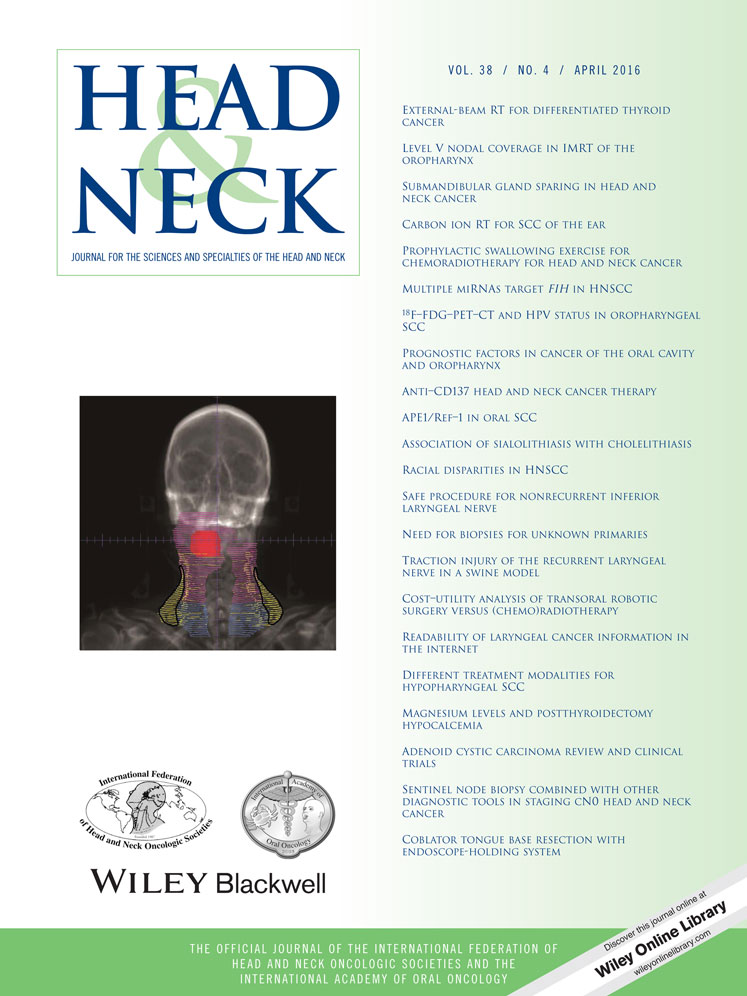Iatrogenic dural arteriovenous fistula after radical neck dissection for metastatic malignant disease: A case report
Abstract
Background
A case of dural arteriovenous fistula (dAVF) developed after radical neck dissection for lymph node metastasis 2 years after oral surgery for tongue cancer.
Methods
The patient was asymptomatic during follow-up visits with no evidence of metastasis on follow-up CT scan of the neck. However, diagnostic angiography showed left internal carotid artery (ICA) stenosis and dAVF involving the posterior meningeal artery and transverse sinus at the left posterior fossa with cortical venous reflux (Cognard type III). They were treated with carotid stenting and surgery, respectively.
Results
The postoperative course was uneventful. Follow-up angiography revealed obliteration of the dAVF.
Conclusion
This was a rare case of iatrogenic dAVF after surgical ligation of venous outflow during radical neck dissection. The surgical plan is presented along with a literature review regarding the development of iatrogenic dAVFs induced by direct surgical trauma. © 2015 Wiley Periodicals, Inc. Head Neck 38: E87–E90, 2016




